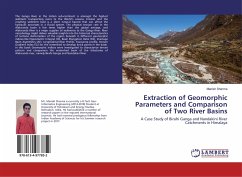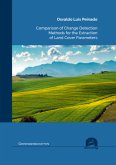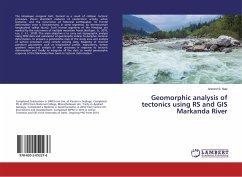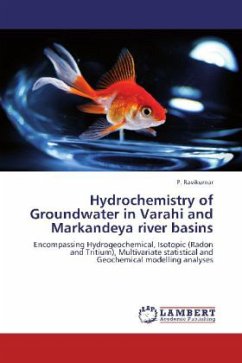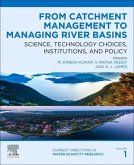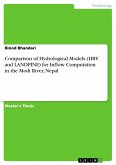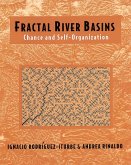The Ganga River in the Indian sub-continent is amongst the highest sediment transporting rivers to the World's oceans. Erosion and the resulting sediment load is a silent natural hazard that can affect the hydraulic processes in a fluvial system. The physical erosion rate in the Alaknanda basin is five times higher than the global average, and Alaknanda River is a major supplier of sediments to the Ganga River. River morphology might deliver valuable insights into the historical characteristics of tectonic deformation of the region beneath it. Different geomorphic indices like Hypsometric Integral (Hi), Basin Elongation Ratio (Eb), Drainage Basin Asymmetry (AF), Longitudinal River Profile, Transverse profile, Stream Gradient Index (SL) for the watershed to develop knick points in the basin. In this book Geomorphic indices were investigated to characterize terrain pattern and comparison the watershed basin of the tributaries of Alaknanda river, namely Birahi Ganga and Nandakini River.

